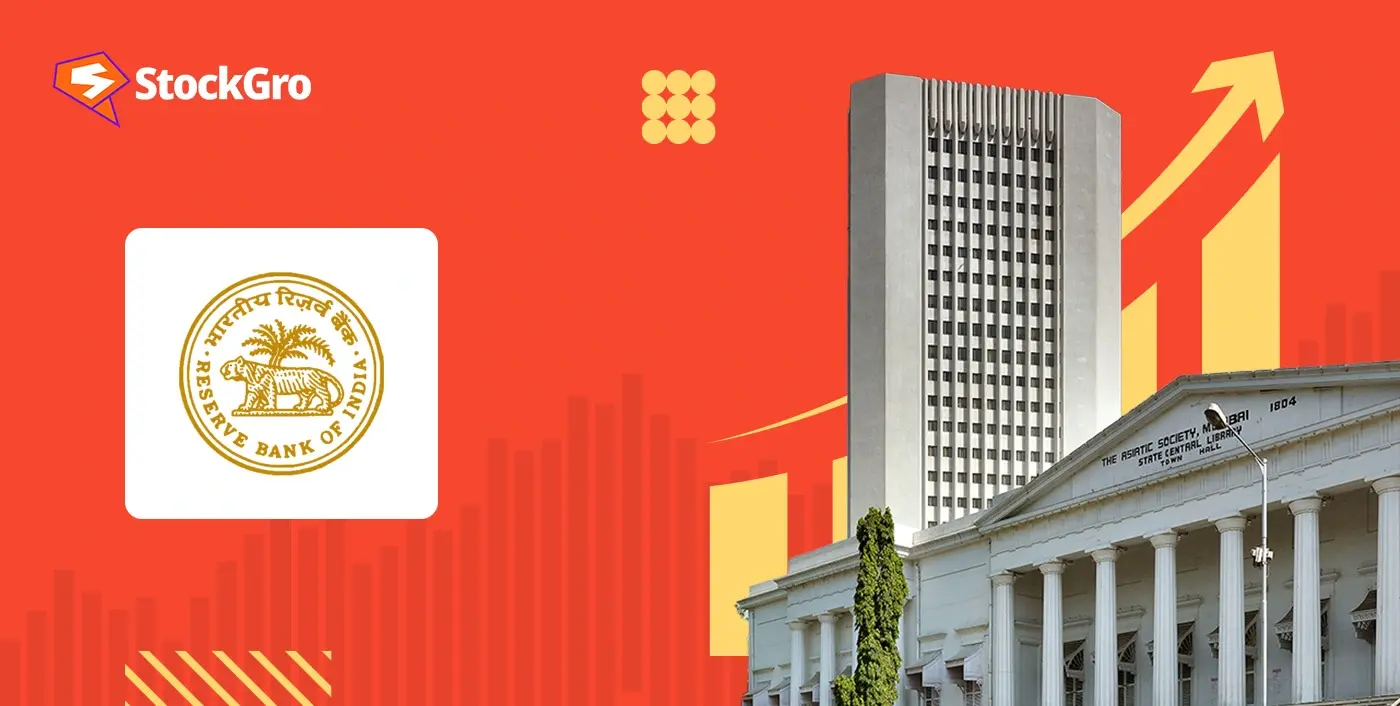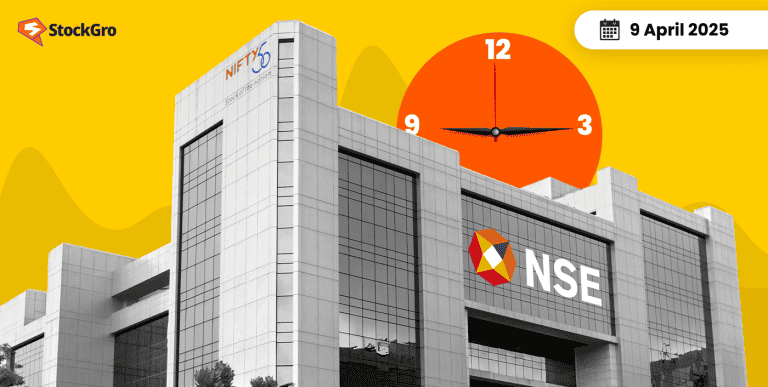
The Reserve Bank of India (RBI) has made another significant move in its ongoing efforts to boost the country’s economic recovery. On April 9, 2025, during the first policy meeting of the financial year 2025-26 (FY26), the RBI slashed the repo rate by 25 basis points to 6%. This is the second consecutive rate cut, following a similar reduction in February 2025, bringing the rate to its lowest since May 2020.
This decision comes at a time when global economic challenges, particularly due to rising tariffs imposed by the United States, are weighing heavily on the economic outlook.
Let’s dive into what this means for the economy and how it impacts you.
Also read: How Indian Monetary Policy Influences the Stock Market
Understanding the RBI’s move
The RBI’s decision to cut the repo rate was driven by its ongoing efforts to support the economy, which has been under pressure from global trade disruptions and internal factors such as rising commodity prices. Alongside the rate cut, the RBI has made a downward revision to its GDP growth forecast for FY26, lowering it from 6.7% to 6.5%.
This reflects the growing uncertainties in the global economy and their potential impact on India’s growth trajectory.
Here’s a quick breakdown of the GDP projections by the RBI for FY26:
| Quarter | Previous GDP Growth | Revised GDP Growth |
| Q1 FY26 | 6.7% | 6.5% |
| Q2 FY26 | 7% | 6.7% |
| Q3 FY26 | 6.5% | 6.6% |
| Q4 FY26 | 6.5% | 6.3% |
RBI Governor Sanjay Malhotra mentioned that while India’s rural economy, industrial recovery, and service sector resilience provide some optimism, the global trade disruptions continue to pose downward risks to the outlook.
You may also read: Bank and Auto Stocks Gain After RBI CRR Cut, Realty
Inflation outlook
On the inflation front, the RBI has projected a CPI inflation rate of 4% for FY26, down slightly from the earlier estimate of 4.2%. The outlook for inflation is relatively stable, despite some potential risks, including weather-related disruptions and uncertainties around the Rabi crops.
Here’s how inflation is expected to pan out over the financial year:
| Quarter | Previous Inflation Projection | Revised Inflation Projection |
| Q1 FY26 | 4.5% | 3.6% |
| Q2 FY26 | 4% | 3.9% |
| Q3 FY26 | 3.8% | 3.8% |
| Q4 FY26 | 4.4% | 4.2% |
Governor also highlighted that food inflation, which had been a significant concern, has come down in recent months, largely due to favourable crop yields and good arrivals of essential commodities.
Key takeaways from the RBI monetary policy meeting
- Repo rate cut: The RBI cut the repo rate by 25 basis points to 6%, with the standing deposit facility (SDF) now at 5.75% and the marginal standing facility (MSF) rate at 6.25%.
- Policy stance shift: The RBI changed its monetary policy stance from “neutral” to “accommodative,” indicating that there could be further cuts if the economic situation demands it.
- GDP growth forecast lowered: The RBI lowered its growth projections for FY26, citing global uncertainties and domestic challenges.
- Inflation forecast: Inflation is projected at 4% for FY26, with expectations for it to remain manageable throughout the year.
- Other regulatory measures: The RBI also announced several new measures to improve banking and financial systems, including the extension of co-lending to all regulated entities and new guidelines for gold loans.
What does this mean for borrowers?
The reduction in the repo rate is good news for borrowers. It means that loan rates for homes, cars, and businesses are likely to decrease, making borrowing more affordable. For instance, home loan borrowers can expect to benefit from lower EMIs, while auto and corporate loans will also become cheaper.
The road ahead for the economy
While the RBI’s measures are aimed at stimulating the economy, the outlook remains cautious. Global trade disruptions and rising uncertainties are likely to affect growth in the short term, and the situation is compounded by the risk of inflationary pressures arising from crude oil prices and weather-related disruptions.
However, the RBI’s accommodative stance shows that the central bank is ready to take further action if needed, especially if inflation and growth figures indicate that additional support is required.
Conclusion
As India braces for what could be a turbulent year economically, the RBI’s monetary policy decisions will play a pivotal role in shaping the nation’s growth trajectory. While the lower repo rate offers relief to borrowers and businesses, it’s also a sign of caution about the economic challenges ahead. The revised growth forecasts for FY26 and the stable inflation projection suggest that the RBI is trying to balance growth with price stability amid global uncertainties.
For individuals, the key takeaway here is that the rate cut could mean lower loan costs, but the broader economic picture suggests that we’ll need to stay vigilant as global factors continue to evolve.

